How Taiwan’s Boba Tea Took Over the World
It’s much more than a drink.
THIS ARTICLE IS ADAPTED FROM THE AUGUST 5, 2023, EDITION OF GASTRO OBSCURA’S FAVORITE THINGS NEWSLETTER. YOU CAN SIGN UP HERE.
The most decadent substance on Earth, to me, is brown-sugar crème brûlée boba. My favorite version contains brown-sugar syrup drizzled into milk, a thick layer of milk foam with crispy broiled caramel on top, chunks of flan studded throughout, and, at the very bottom, a scoop of warm boba pearls.
Soft, chewy, and perfectly pearl-shaped, tapioca-based boba originated in 1980s Taiwan, and has since spread around the world, usually at the bottom of a cup of sweetened iced tea. You could write a whole dictionary of boba terminology: Both the tapioca balls and the drink itself can be referred to as boba. Not only that, but boba also goes by a number of other names: pearl milk tea, bubble tea, and so on.
I’ve sipped boba on London high streets, in California strip malls, and even at Chun Shui Tang, a Taiwanese tea room that claims to have invented the treat. I’d put boba and boba tea’s success down to immense adaptability. There’s something for everyone. A drink might contain milk or non-dairy creamer, juice or syrup, tea or coffee. My drink of choice, brown-sugar crème brûlée, has no tea, but contains boba pearls.
Luke Tsai, the food editor for KQED, the San Francisco Bay Area’s public broadcasting station, is the opposite: He prefers just tea, and no boba pearls.
Tsai has written extensively on both boba tea and the Bay Area’s Taiwanese food scene, and recently hosted a panel discussion with prominent local boba shops. Gastro Obscura sat down with Tsai for an interview about the history of boba tea, how it arrived in the U.S. via Northern California, and how it brings people together. This interview has been condensed and edited for clarity.
Q&A With Luke Tsai
When’s the first time you remember having boba or bubble tea?
As early as middle school and definitely in high school, going back to Taiwan, I have memories of having it. I don’t specifically recall the very first time, but it was definitely a phenomenon by then. This would have been in the early ’90s.
By the time I went back, in college, it was definitely full-blown—just everywhere. In Taiwan, to this day, you can walk down the street and there’ll be two or three [boba shops] just on one street corner. It’s ubiquitous and has been for a long time.
Do you remember when you first had it stateside?
Not to date myself too much, but I went to college in the late ’90s, and there was no boba on the East Coast whatsoever. I never saw it really until after I graduated. I didn’t encounter it regularly until I moved to the Bay Area. And in the Bay Area, by that point, it was already fairly commonplace. So we’re talking the mid- to late-2000s.

Why do you think boba had its U.S. debut in California?
The first generally acknowledged stand-alone boba shops were Fantasia Coffee & Tea in Cupertino, which I believe is actually still around, and a food-court spot in Arcadia, in Southern California. Those are generally cited as the first, in 1998 or 1999 or something like that.
But from what I’ve been told, boba appeared in the Bay Area even a little bit before that, as early as the mid-’90s. It wouldn’t necessarily be at a standalone shop. It’d be at a candy store or at another kind of dessert shop.
Primarily, it’s just about immigration patterns. Boba comes from Taiwan, and so, where would it have cropped up first? It would crop up where there are a lot of Taiwanese Americans. And so it was just more likely for there to be businesses catering to them. It was more likely that new trends, which boba was at that time, would go there first before going anywhere else in the country.
How did boba become so mainstream?
You know, I like boba, but I don’t have a passion for it as a food item, per se. And there are Taiwanese Americans who truly love boba. But I think for a lot of people, they like it, but they like the social aspect of it more. Because once you started having these boba shops, they became cultural centers.
I wish that I had this when I was growing up in middle school and high school, and I didn’t. But now in the Bay Area, go to any boba shop and you’ll see that this is where the kids, high school kids and especially Asian Americans, go to hang out after school.
That’s where they’re going to do their homework. That’s where they’re going on a boba date with their crush or with a big group of friends. It just became woven into people’s social lives.
Definitely. My friends and I used to go to Quickly [a large boba chain] all the time. It wasn’t very good!
If you’re just using mixes and you aren’t making the actual boba in small batches the way that the better shops do, then basically it’s a very low-overhead type of business.
I think that’s why during the 2010s, you saw this explosion of boba shops, and a lot of them were the Quickly, generic kind of chain model. Even if they weren’t Quickly, even if they were independent, a lot of them were not very high-quality.
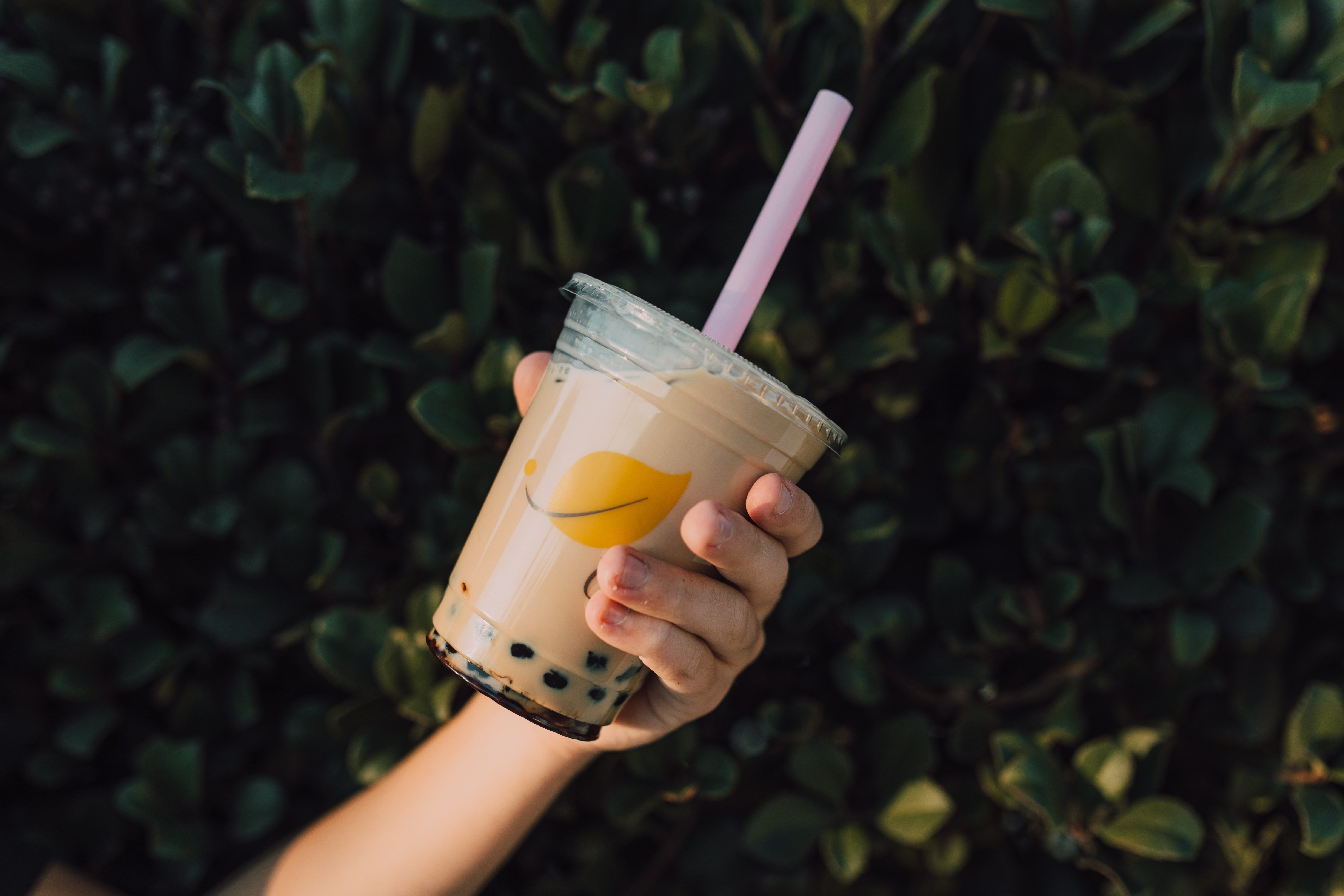
I feel like boba has changed a lot in the last few years, with some businesses taking a more artisanal approach. What do you think?
Asha Tea House in Berkeley has been around for a while, but they’re definitely one of these new-school shops. They have a very big emphasis on tea quality and tea sourcing, and they actually do like a formal tea service as well. Boba still became, by far, their number-one product, even though they opened as sort of more of a general tea shop.
Urban Ritual, which is based in San Francisco, does have a little bit of that third-wave coffee vibe, but their emphasis is more on very creative flavors and drinks where everything is handmade. It isn’t just like, “Okay, here’s your jasmine tea, and here’s your boba.” They’re doing more wild, inventive stuff. So you do see places like that, and those very much have an Asian American vibe.
What’s the scene like in Taiwan?
Interestingly enough, if you’re used to boba in Taiwan, you might not actually like some of these shops because what they’re doing is so different. The thing about boba that is so great in Taiwan is that it’s so much still about the tea, and the quality of the tea is so good.
There are so many shops that sell boba in Taiwan, but most people that I know in Taiwan don’t even order the boba [pearls], they just get different teas. Here, people think of boba shops and it’s all about the toppings. That’s a cultural difference.
What do you think is the future of boba tea in the States?
I would like to see more boba shops put more attention on the quality of the tea itself. I think that’s tricky because the biggest audience for it is still young people. If you’re marketing to high school and college students, they do generally have a taste for very sweet things.
I think there is an opportunity for more mature boba shops, where you’re putting an emphasis on the quality of the tea and interesting flavors. In that sense, not everything has to be super sweet.
So I don’t know if I’m making a prediction or I’m just voicing something that I personally want. Maybe someone will read your newsletter and be like, “Okay!”
Gastro Obscura covers the world’s most wondrous food and drink.
Sign up for our regular newsletter.



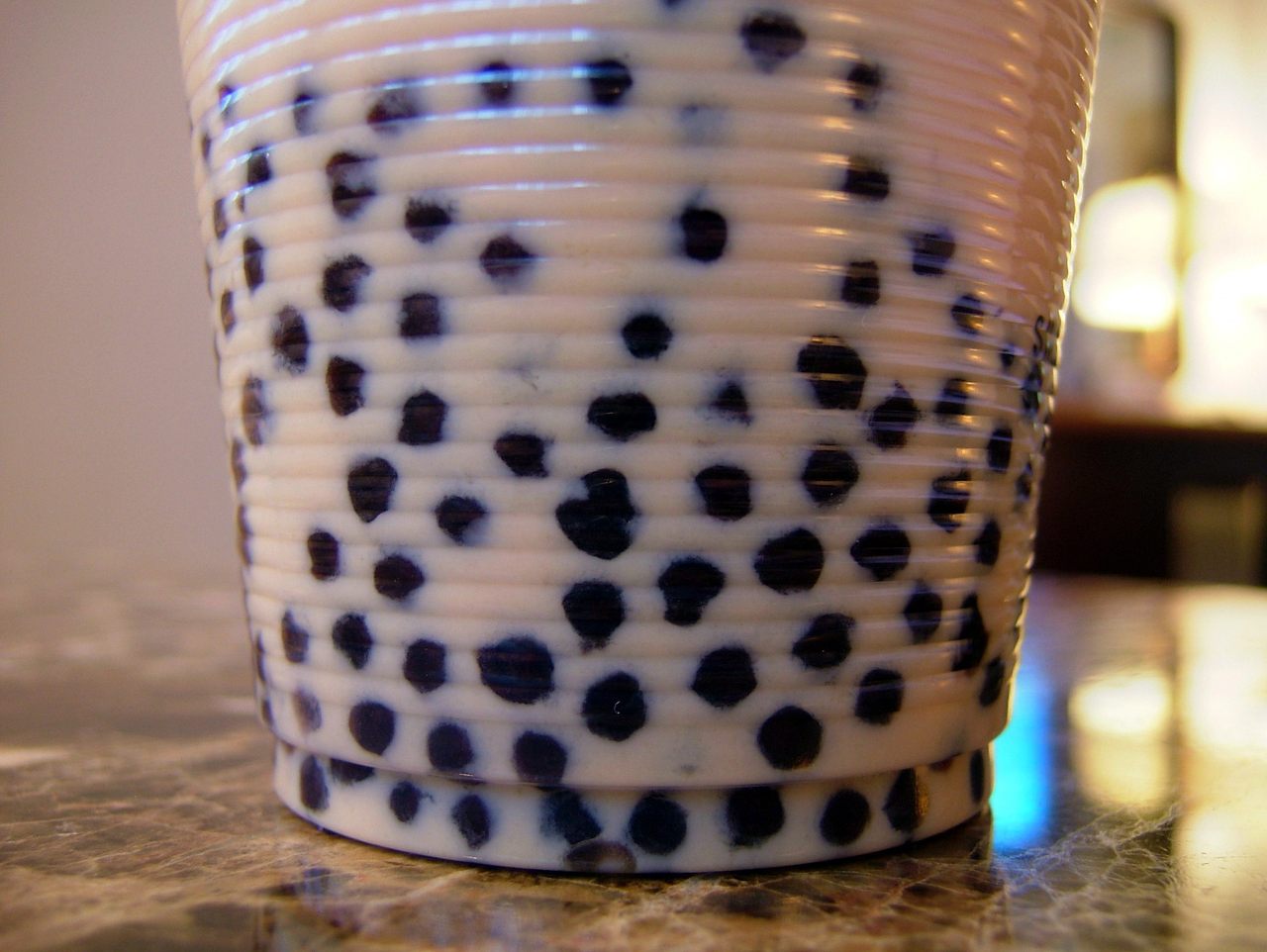
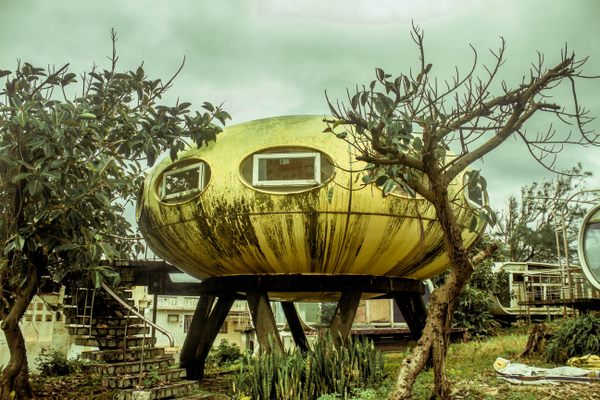


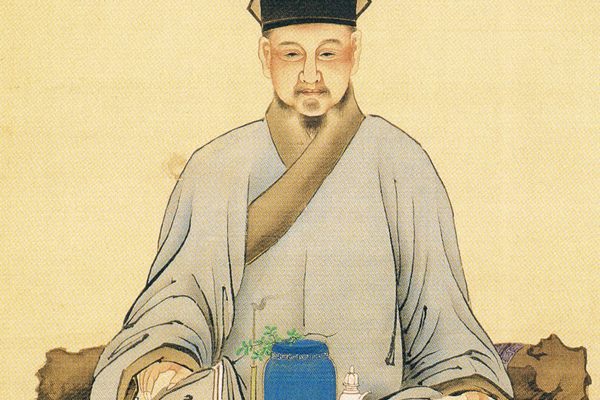

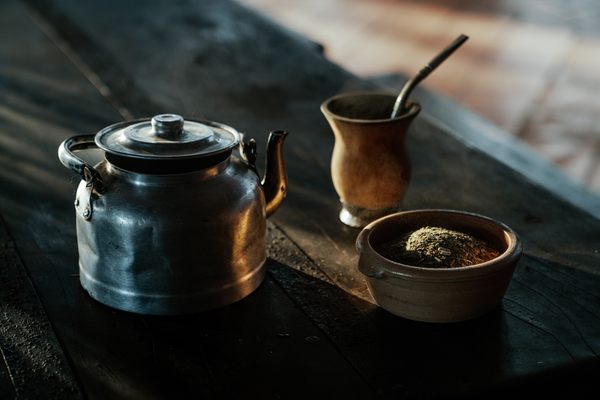












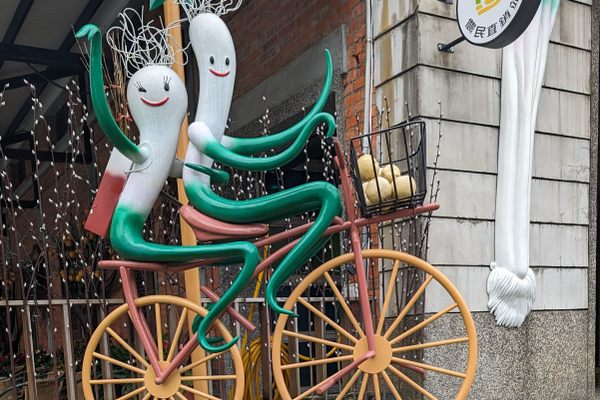
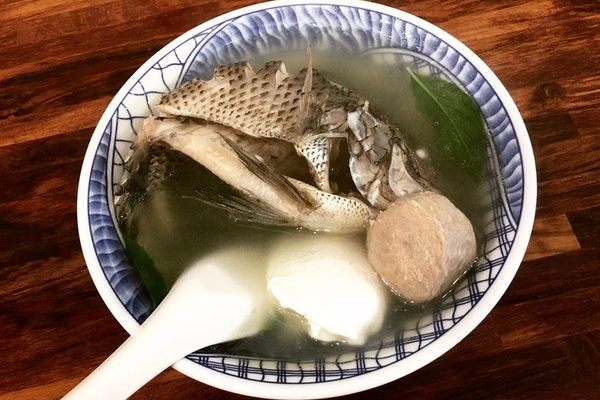



Follow us on Twitter to get the latest on the world's hidden wonders.
Like us on Facebook to get the latest on the world's hidden wonders.
Follow us on Twitter Like us on Facebook